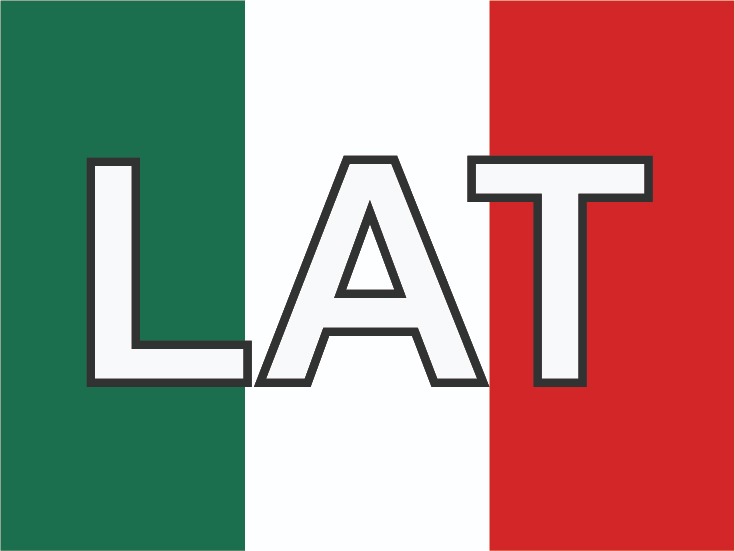Objective evaluation of surgical competency for minimally invasive surgery with a collection of simple tests
Abstract
Objective:This study aims at determining if a collection of 16 motor tests on a physical simulator can objectively discriminate and evaluate practitioners' competency level, i.e. novice, resident, and expert.
Methods:An experimental design with three study groups (novice, resident, and expert) was developed to test the evaluation power of each of the 16 simple tests. An ANOVA and a Student Newman-Keuls (SNK) test were used to analyze results of each test to determine which of them can discriminate participants' competency level.
Results:Four of the 16 tests used discriminated all of the three competency levels and 15 discriminated at least two of the three groups (α= 0.05). Moreover, other two tests differentiate beginners' level from intermediate, and other seven tests differentiate intermediate level from expert.
Conclusion:The competency level of a practitioner of minimally invasive surgery can be evaluated by a specific collection of basic tests in a physical surgical simulator. Reduction of the number of tests needed to discriminate the competency level of surgeons can be the aim of future research.
Authors
Downloads
Keywords
- Proficiency-based training
- laparoscopic skill assessment
- simulation
References
. Cuschieri A. Laparoscopic surgery: Current status, issues and future developments. Surgeon. 2005;3:125-30, 132-3, 135-8.
Ruiz D, Pérez V, Betancur M, Bustamante J. Cirugía robótica mínimamente invasiva: análisis de fuerza y torque. Rev Ing Biomédica. 2010;4:84–92.
Adrales GL, Chu UB, Witzke DB, Donnelly MB, Hoskins D, Mastrangelo MJ, et al. Evaluating minimally invasive surgery training using low-cost mechanical simulations. Surg Endosc. 2003;17:580–585.
Ritchie WP. Basic certification in surgery by the American Board of Surgery (ABS): what does it mean? Does it have value? Is it relevant? A personal opinion. Ann Surg. 2004;239:133–139.
Roberts KE, Bell RL, Duffy AJ. Evolution of surgical skills training. World J Gastroenterol. 2006;12:3219–3224.
Naeem N. Validity, reliability, feasibility, acceptability and educational impact of direct observation of procedural skills (DOPS) J Coll Physicians Surg Pak. 2013;23:77–82.
Ghaderi I, Manji F, Park YS, Juul D, Ott M, Harris I, et al. Technical skills assessment toolbox: A review using the unitary framework of validity. Ann Surg. 2014;261(2):251–262. [PubMed]
Anaya-Prado R, Ortega LLH, Ramírez SME, Vázquez GJA, Medina PJB, Campos CSF, et al. Evaluación Objetiva de Habilidades Quirúrgicas. Modelo Mexicano. Rev Latinoam Cir. 2011;1:27–33.
Martin JA, Regehr G, Reznick R, Macrae H, Murnaghan J, Hutchison C, et al. Objective structured assessment of technical skill (OSATS) for surgical residents. Br J Surg. 1997;84:273–278.
Ahmed K, Miskovic D, Darzi A, Athanasiou T, Hanna GB. Observational tools for assessment of procedural skills: a systematic review. Am J Surg. 2011;202:469–480.
Halvorsen FH, Elle OJ, Fosse E. Simulators in surgery. Minim Invasive Ther Allied Technol. 2005;14:214–223. [PubMed]
Martinez AM, Espinoza DL. Novel laparoscopic home trainer. Surg Laparosc Endosc Percutan Tech. 2007;17:300–302.
Aggarwal R, Moorthy K, Darzi A. Laparoscopic skills training and assessment. Br J Surg. 2004;91:1549–1558. [PubMed]
Chmarra MK, Klein S, de Winter JCF, Jansen F-W, Dankelman J. Objective classification of residents based on their psychomotor laparoscopic skills. Surg Endosc. 2010;24:1031–1039.
Empel P, Rijssen L, Commandeur J, Verdam ME, Huirne J, Scheele F, et al. Validation of a new box trainer-related tracking device: the TrEndo. Surg Endosc. 2012;26:2346–2352.
Fraser SA, Klassen DR, Feldman LS, Ghitulescu GA, Stanbridge D, Fried GM. Evaluating laparoscopic skills: setting the pass/fail score for the MISTELS system. Surg Endosc. 2003;17:964–967. [PubMed]
The copy rights of the articles published in Colombia Médica belong to the Universidad del Valle. The contents of the articles that appear in the Journal are exclusively the responsibility of the authors and do not necessarily reflect the opinions of the Editorial Committee of the Journal. It is allowed to reproduce the material published in Colombia Médica without prior authorization for non-commercial use




















